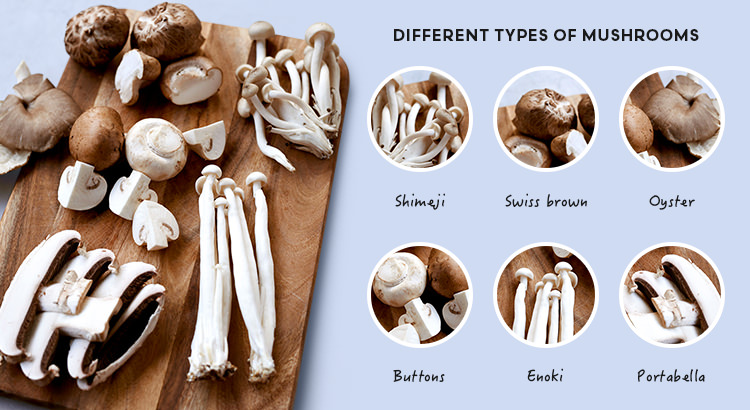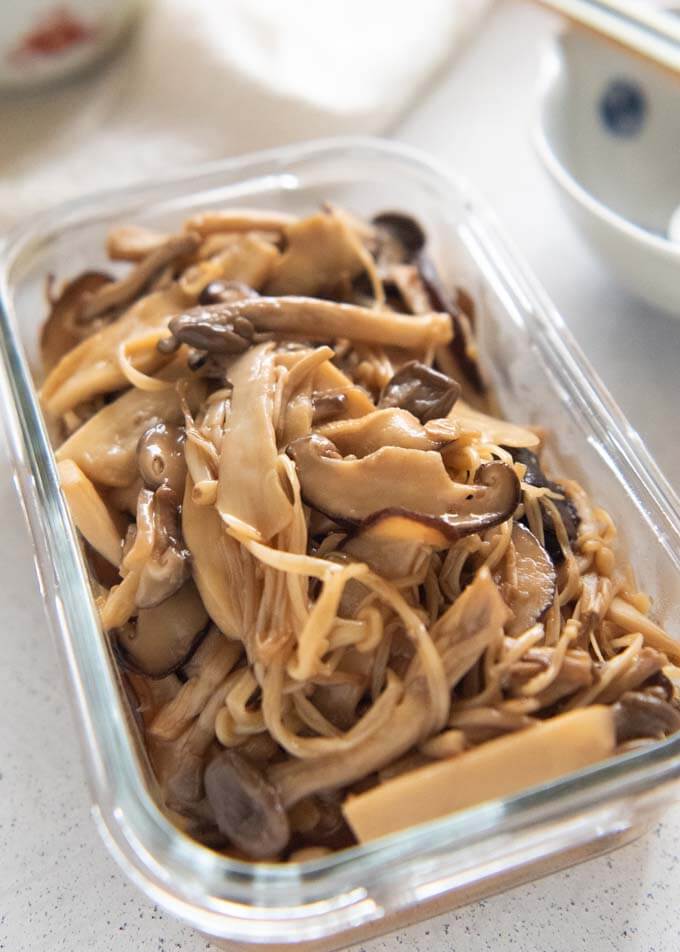
Enoki mushrooms are edible mushrooms that are very popular in Asian cuisine, especially in Japan. The delicately flavored, interesting looking fungi are also cultivated and sold in other parts of the world, although they are most widely used in Asian and fusion foods. Asian grocers and specialty stores often sell them, and they are sometimes also available in regular markets, depending on the region of the world that one is in.
There are actually two different kinds of enoki mushrooms, although both are botanically classified as Flammulina velutipes. One is a wild type, which looks and tastes quite different from the cultivated mushroom, which has been raised under specific conditions to modify its look and flavor. While both versions are perfectly palatable, many consumers prefer the cultivated mushrooms, since they have a more intense flavor.
Subscribe to the Learn Your Land email newsletter here: this video, we compare and contrast the edible Enoki mushroom (Flammulin. The Shimeji mushroom family comes in a variety of shapes and sizes. All have a bitter flavor when raw and can cause digestive upset in this form. However, when cooked fully, that bitterness gives way to a nutty, umami flavor and a pleasing firm and crunchy texture.
The wild mushrooms are found naturally growing on the stumps of the enoki tree, and they are also known as enokitake or enokitaki. The mushrooms are golden to dark brown in color, with a dense velvety growth on the lower part of their stems, which leads some people to call them Velvet Foot mushrooms. After collection, the mushrooms can be eaten raw or lightly cooked, and they generally last only a few days in a paper bag under refrigeration, so they should be used quickly after harvesting.
When enoki mushrooms are cultivated, they are grown in dark conditions so that they are bone to cream white. The mushrooms are grown in special jars that encourage them to develop long stems as they reach for an overhead light source. As a result, cultivated mushrooms have long, trailing stems, which are typically used along with the caps. They are also called Snow Puffs or Golden Needles, in a reference to their color and shape.
To use the mild, slightly fruity flavor of these mushrooms in cooking, cooks should start by gently rinsing the mushrooms to remove surface dirt. Next, they should trim the bottom of the mushrooms off, as they come in thick clumps. Most cooks trim right where the mushrooms begin to branch off, so that each is separated from the base. The mushrooms can be tossed into foods raw for extra crunch and flavor, or lightly cooked.
In addition to being available fresh at the market, enoki can also be found canned in some regions. If canned, the mushrooms can be shelf stable for several months. Fresh mushrooms, on the other hand, should be carefully inspected for slime and mold before purchase, and used quickly.
Mushrooms are fleshy growths of fungus that are used in foods throughout the world. There are many thousands of types of mushrooms. Only a small percentage of them are poisonous, and dozens of different types of mushrooms are not only edible but are considered desirable for eating. Among the most popular of the different types of mushrooms that are used in foods are white mushrooms, morels, truffles and portabella mushrooms. Other popular types include the chanterelle, shiitake, oyster and enoki.
White mushrooms
The most common type of mushroom in many grocery stores is the Agaricus bisporus. It is white or light brown and has many common names, such as a white mushroom, table mushroom, Italian mushroom or white button. This mushroom has a stalk, a dome-shaped top and a generally mild taste. White mushrooms are available fresh, dried or canned.
Morels
These cone-shaped mushrooms vary in color from tan to brown. Unlike white mushrooms, which have a more smooth surface, morels have a porous, sponge-like appearance above the stalk. They also have a stronger flavor, which has been described as earthy, smoky or even nutty. These mushrooms typically are more expensive than white mushrooms. When harvested from the wild, they should be cleaned thoroughly because of their porous surface.
Truffles
Truffles are quite rare and expensive, so they are considered a delicacy by many people. Technically, they are not actual mushrooms, but they are closely related. Truffles have a bumpy, uneven appearance. They have a strong, earthy or even meaty taste, and the darker the truffle, the stronger the taste.
Portabella
Portabella mushrooms are similar to white mushrooms but are much larger and more brown in color. They are harvested when they are very mature, which gives them a more dense texture and a deeper flavor. When they are harvested before they reach full maturity, they are called crimini mushrooms, which are commonly substituted for white mushrooms when a slightly stronger is desired.
Chanterelle
These mushrooms have a much different look, rising from a white or yellowish stalk and opening into a vase-like or flower-like shape in bright yellow or orange hues. They have a delicate texture, so care must be taken when they are cooked, to avoid having them become tough. Their taste has been described as nutty. Chanterelles are especially popular for use in salads and appetizers.
Shiitake
Shiitake mushrooms are mostly brown and have wide, umbrella-shaped tops. They have a dense texture and meaty taste, so they often are used as a meat substitute in vegetarian dishes. Shiitake mushrooms are one of several different types of mushrooms that are popular in stir fries or as a cooked side dish.

Oyster
These mushrooms get their name from their appearance and their flavor. They typically are white, beige or gray and are found in the wild growing on logs or trees. Their stems have broad gills and rise into a flat, mostly uneven top that resembles an oyster. These mushrooms have a soft texture and delicate flavor that some people compare with seafood. They are especially popular when fried.
Enoki
Difference Between Enoki And Shimeji Mushrooms Recipes

Difference Between Enoki And Shimeji Mushrooms Recipe
Enoki mushrooms grow in bunches. They have long, slender stems and small, white caps. These crisp mushrooms have a mild flavor that has been described as somewhat fruity. They are usually eaten raw on salads or sandwiches.